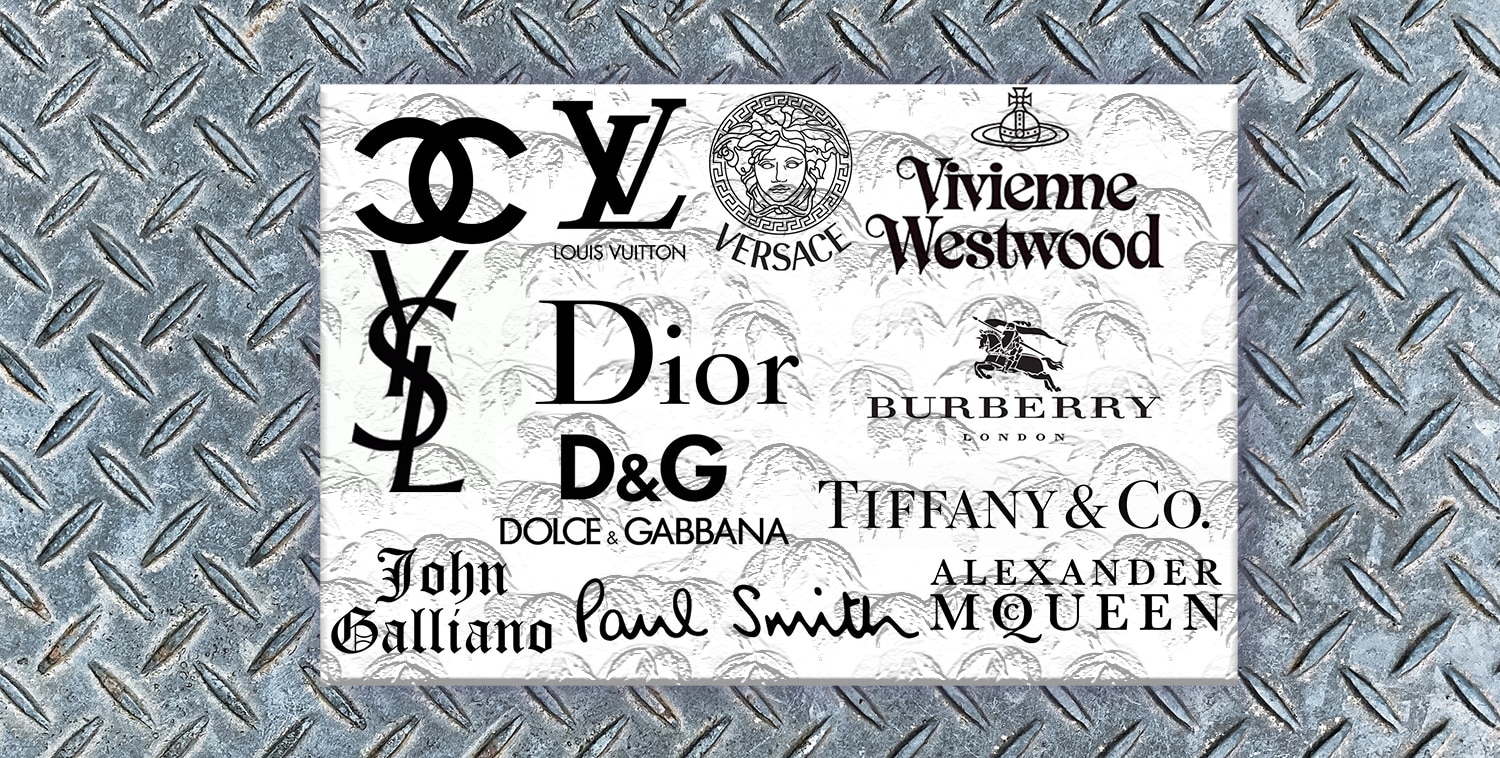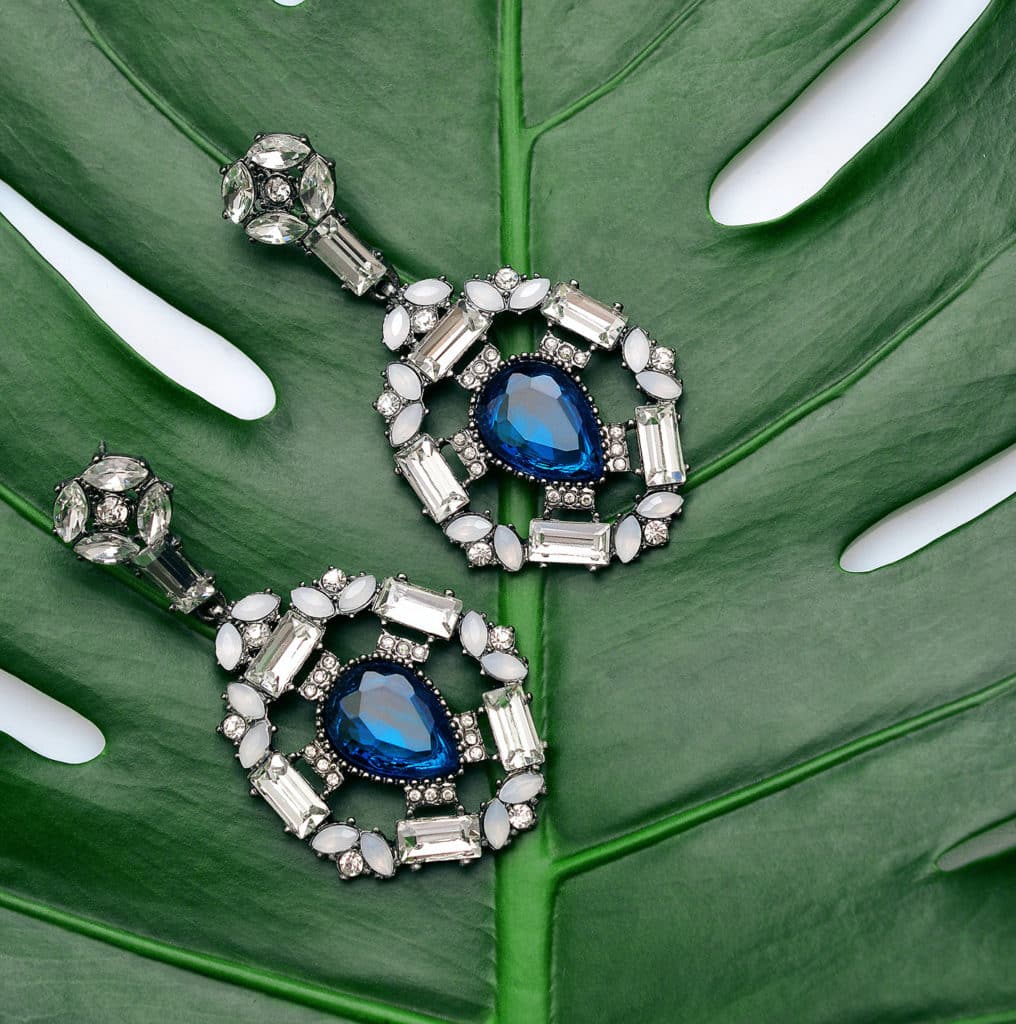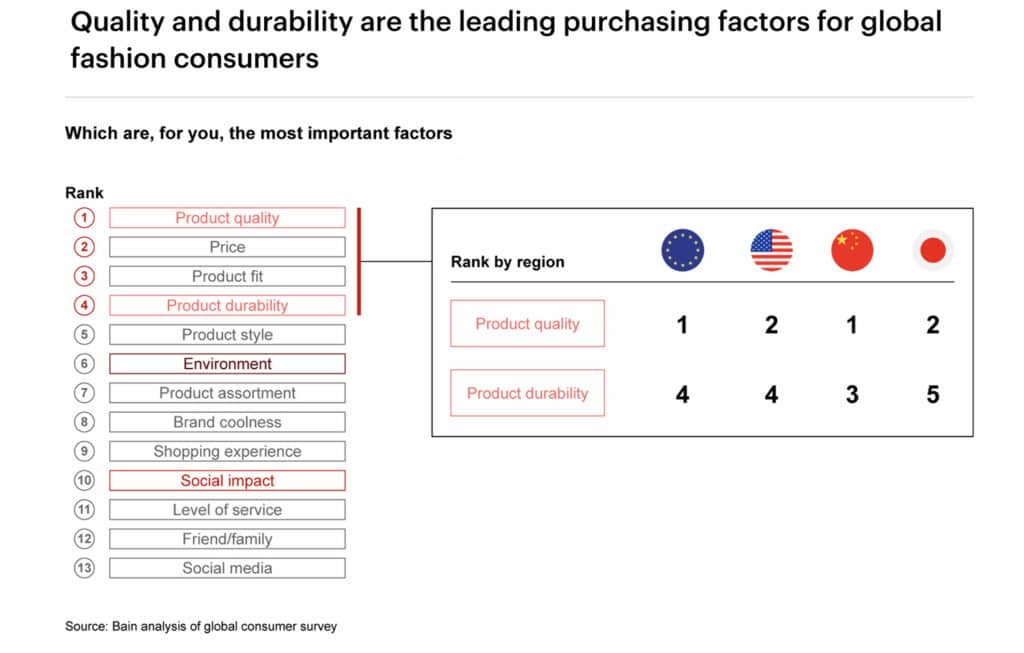Blog
Home » Diamonds blog » DURABILITY A PRIMARY DRIVING FACTOR IN SUSTAINABILITY FOR CONSUMERS OF LUXURY PRODUCTS, SAYS NEW REPORT
Focus on

The durability of a high-end luxury product, enhancing its aura of perceived sustainability, is increasingly a driving factor for affluent consumers, notes a report published jointly by Bain & Company’s Milan-based consultancy and the World Wide Fund for Nature (WWF).
It is an element that could play into the hands of the jewelry trade, in that, unlike fashion clothing, jewelry is inherently durable.
The report was authored by Claudia D’Arpizio, Federica Levato and Matteo Capellini of Bain, and Benedetta Flammini, Payal Luthra and Giuliana Improta of WWF. To explore the topic, surveyed slmodt 5,900 fashion consumers in China, France, Germany, Italy, Japan, the United Kingdom, and the United States. The survey was conducted during the fourth quarter of 2021. The findings and recommendations in this report were informed by Bain & Company’s analysis of the results, plus industry expertise from Bain and WWF.
About 15 percent of global fashion consumers are already concerned about sustainability, making purchasing decisions to lower their negeative impact on the environment and society, the report states, and the percentage could increase to more than 50 percent in the coming years.
Currently, while 65 percent of consumers care about the environment, only part of them regularly prioritize sustainability in their shopping.
WHY IS DURABILITY COMPELLING?
Why durability? In part because it goes to the heart of product quality, which remains the leading purchasing factor for consumers, ahead of price, product fit and style.
Sustainability as a general factor figures among the top six consumer drivers, with social impact, which encompasses elements such as fair labor conditions, diversity, equity, and inclusion , and impact on communities only ranking tenth. Durability ranks fourth and the figure is consistent across countries.
Consumers inherently understand the concepts of quality and durability, while “sustainability” seems vague, state the report’s authors.
But that’s not all. Higher-quality, durable items have more resale and reuse opportunities—for both the brands and consumers. Resale can increase a company’s profit margin per product, and introduce new revenue streams, as well as broaden the range of potential consumers.
And what is the upside for the jewelry industry – essentially that most the elements used in fine jewelry manufacture are inherently durable, with diamonds being most notable example.


DURABILITY AS AN ELEMENT OF SUSTAINABILITY
The reports suggests that brands should engage cwith onsumers about product durability and impact-per-wear information. Consumers want durability, they state, and above everything else, they want high-quality productsthat they expect them to last.
Even Indifferent consumers, who show little consideration toward sustainability when they shop, are driven by product durability and quality.
But it is not a zero-sum game. Brands will capitalize ,as long as they achieve durability without compromising any social or environmental factors. By positioning durability as an element of sustainable fashion, the report notes, brands offer consumers a win-win situation.
“Strategically, brands can present durability, quality, and sustainability in the same thread,” they write. “If brands position fashion as an investment rather than a short-term or seasonal purchase, quality can become a gateway to more sustainable shopping, even among the least-concerned consumers.”
When environmental or social impact is presented alongside value, it’s easier for consumers to make sustainable selections. An object that lasts a lifetime, like an item of diamond jewelry, delivers more value and a lower environmental impact than a lesser-quality choice.
“Brands can grow by extracting more value per product sold, ultimately decoupling growth from volume,” the report’s write. “High-quality and durable items can command higher revenues per item, and brands can continue to extract value throughout the product’s lifetime through resell and rental models.”
